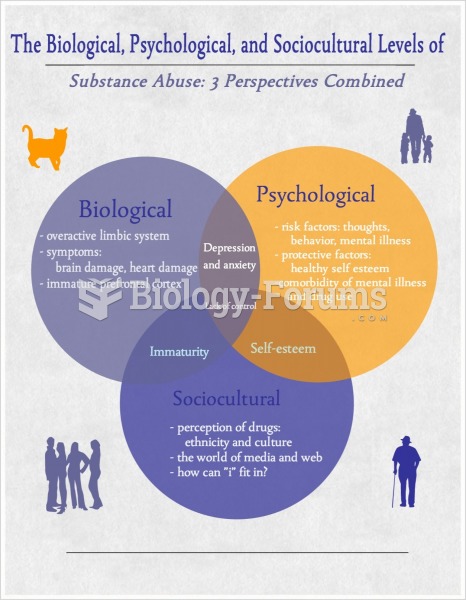Answer to Question 1
Any two of the following:
Client Fees. In the public sector, client fees do not account for a major portion of revenue, but they are collected, generally on a sliding-scale basis (i.e., clients' out-of-pocket fees are set according to their ability to pay). Both family size and income are taken into consideration in determining the clients' co-payments.
Private Insurance. Individual insurance policies may cover substance abuse services at the inpatient or outpatient level. In public facilities, the insurance company is generally billed first, before any federal insurance is billed or any applicable sliding-scale copayment is determined.
Medicaid. Medicaid program costs are shared by the federal and state governments. Therefore, eligibility, reimbursement rates, and payment mechanisms (fee-for-service, capitation, etc.) for substance abuse treatment vary from state to state. Most publicly supported substance abuse facilities rely heavily on Medicaid as a source of revenue.
Medicare. Medicare covers a limited amount of substance abuse treatment for eligible clients. Services such as inpatient treatment, outpatient treatment, and detoxification are covered for a preset number of days or visits.
Other Government Funding Sources. Several federal agencies administer a variety of block grants and contracts to support substance abuse treatment or prevention. The agency that administers the federal substance abuse prevention and treatment (SAPT) grants is the Substance Abuse and Mental Health Services Administration (SAMHSA). These grants, and others, are generally awarded to individual states, which in turn distribute the money to eligible community agencies. In some of these agencies, federal funding may account for up to 75 percent or more of total revenue. Certain community-based treatment programs, such as school- based intervention programs, may actually be funded up to 100 percent by specific grants or contracts-for example, from SAMHSA's Center for Substance Abuse Prevention (CSAP) or Center for Substance Abuse Treatment (CSAT).
Answer to Question 2
B







